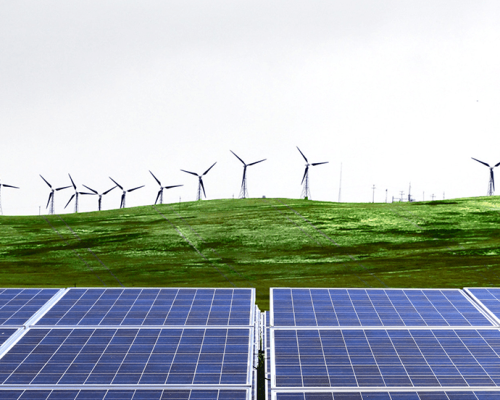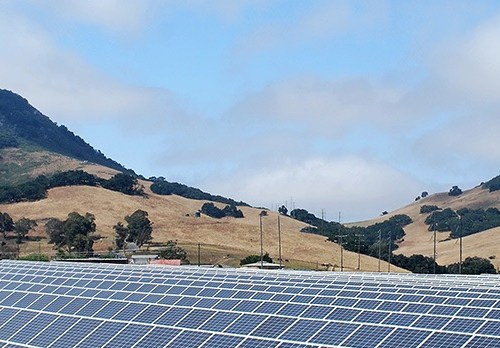3 Types of Microgrids Transforming the Industry

According to the U.S. Department of Energy,1 a microgrid is a group of interconnected loads and distributed energy resources (DER) within clearly defined electrical boundaries that act as a single controllable entity with respect to the grid. A microgrid can connect and disconnect from the grid to enable it to operate in either grid-connected or island mode. Additionally, the microgrid’s operational controls need to be fully coordinated when connected to the main power grid or while islanded, requiring additional equipment, communications and control applications. Installing only a backup diesel genset at a premise is not technically considered a microgrid. However, significant opportunities exist to deploy DERs integrated to the grid while not technically comprising a microgrid.
There are three main types of microgrids: remote, grid-connected and networked.2
Remote Microgrids
Also known as off-grid microgrids, they are physically isolated from the utility grid and operate in island mode at all times due to the lack of available and affordable transmission or distribution (T&D) infrastructure nearby. For these remote scenarios, renewables, such as wind and solar, typically provide a more economic and environmentally sustainable DER solution for the microgrid operator. Additionally, many remote microgrids are considering battery energy storage systems for backup power in lieu of conventional generators.
Grid-connected Microgrids
These microgrids have a physical connection to the utility grid via a switching mechanism at the point of common coupling (PCC), but they also can disconnect into island mode and reconnect back to the main grid as needed. In grid-connected scenarios, a microgrid that is effectively integrated with the utility service provider can provide grid services (e.g., frequency and voltage regulation, real and reactive power support, demand response, etc.) to help address potential capacity, power quality and reliability, and voltage issues on the utility grid.
In islanded scenarios, local voltage and frequency controls are required within the microgrid and can be provided by energy storage (e.g., battery, flywheel) or a synchronous generator (e.g., CHP, natural gas, fuel cell diesel). Due to its ability to perform multiple functions for grid services and emergency backup power, battery energy storage systems have been gaining popularity for microgrids that need to operate in both grid-connected and island modes. When serving a relatively small geographic area, grid-connected microgrids demonstrate economic viability for educational campuses, medical complexes, public safety, military bases, agricultural farms, commercial buildings and industrial facilities.
Networked Microgrids
These systems, also known as nested microgrids,3 consist of several separate DERs and/or microgrids connected to the same utility grid circuit segment and serve a wide geographic area. Networked microgrids are typically managed and optimized by a supervisory control system to operate and coordinate each grid-connected or island mode at different tiers of hierarchy along the utility grid circuit segment. Community microgrids, smart cities and new utility adaptive protection schemes (e.g., closed-loop self-healing) are examples of networked microgrids.
——————
1 https://microgridknowledge.com/nested-microgrid/
2 https://www.energy.gov/sites/prod/files/2018/12/f58/remote-microgrids-dan-ton.pdf
3 https://microgridknowledge.com/nested-microgrid/
This article was written by Dr. Stuart Laval.
Dr. Laval is a member of Duke Energy’s Emerging Technology Office, where he leads the development of grid-edge operational technologies and pioneering utility interoperability standards. He currently serves as the co-chairman of the Open Field Message Bus (OpenFMB) task forces at the UCA International Users Group (UCAIug) and North American Energy Standards Board (NAESB). Dr. Laval has more than 15 years of experience in the development of over 30 technology solutions in electric utility power systems, telecommunications and power electronics. He holds a bachelor’s degree and master’s degree in electrical engineering and computer science from MIT, an MBA from Rollins College, and a Ph.D. in industrial engineering from the University of Central Florida.



